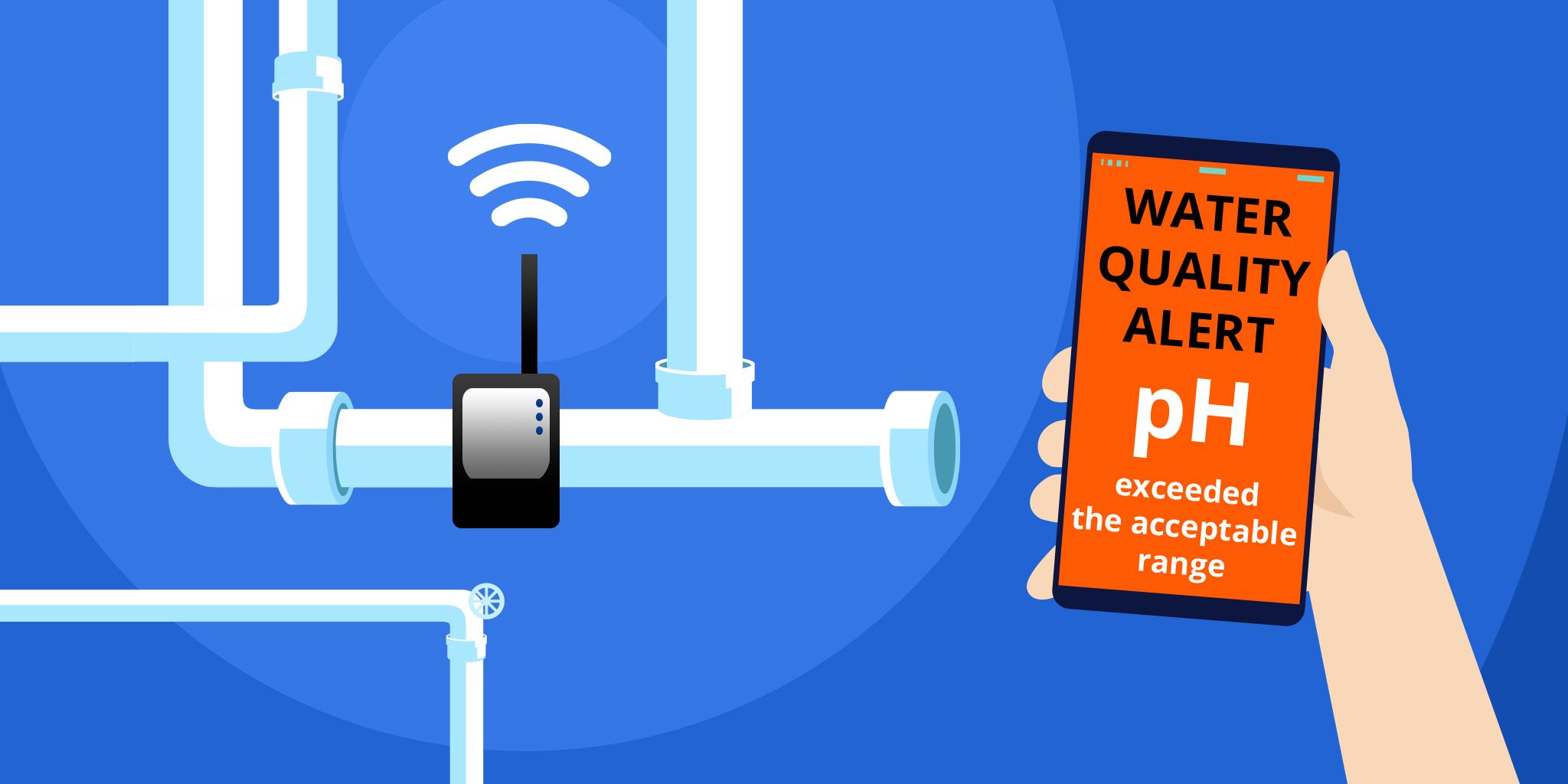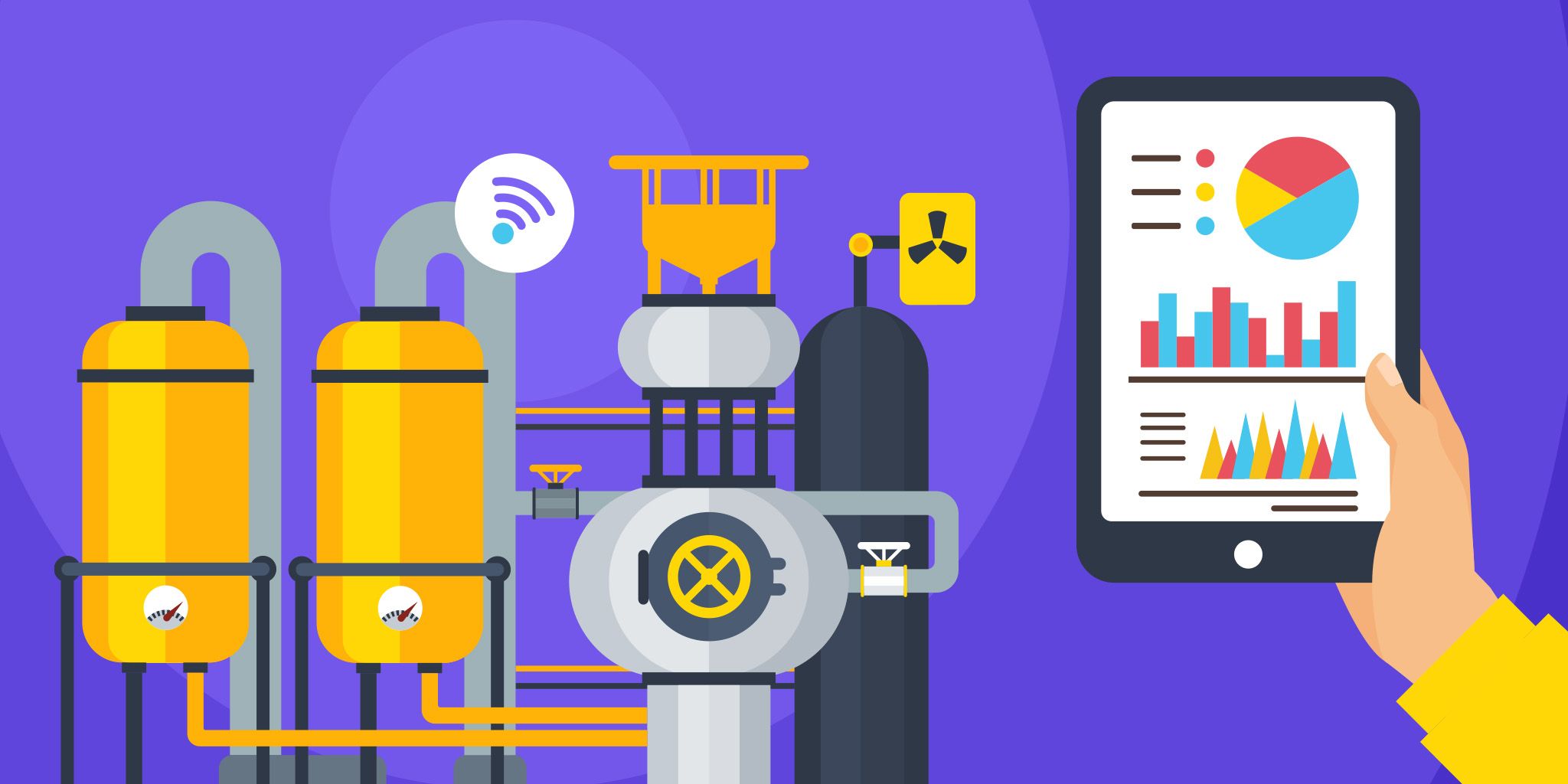IoT Applications for Stormwater Management
IoT Applications for Stormwater Management
- Last Updated: December 2, 2024
Guest Writer
- Last Updated: December 2, 2024



IoT has come a long way in its relatively short history. While consumer applications still account for most IoT adoption, businesses and even local governments have started relying on these technologies. As the smart city movement takes off, officials install IoT sensors and devices on a city-wide scale.
IoT is currently being used to understand the environmental impacts of stormwater runoff better and may have future applications to solving this critical problem.
Global smart city spending hit $104.3 billion in 2019, and experts predict that figure will surpass $189 billion by 2023. IoT city infrastructure has near-countless benefits, and stormwater management is a promising but perhaps overlooked one.
When you think about smart cities, you probably don’t think of stormwater management. But it’s an ideal Applications for IoT.
The Urban Stormwater Problem
If you don’t live in a larger city, you may not understand why stormwater is a pressing issue. While grass and other plants can absorb 60% of rainwater, the same isn’t true of hard surfaces. Cities, full of concrete and metal, don’t absorb as much stormwater, leading to higher runoff.
This runoff makes cities more prone to flooding, damaging businesses, and homes and threatening people. Floods can break crucial and expensive public infrastructure or cause water damage in small businesses. In severe cases, it can drive people out of their homes or even cause injury.
Urban stormwater runoff also presents some environmental issues. Excess stormwater picks up pollutants like pesticides, antifreeze, heavy metals, and oil, poisoning the ecosystems they eventually pour into. Without effective management, heavy rainfall could endanger surrounding rivers, lakes, and oceans, and it already has in many areas.
Water Quality Measurement
The first way in which IoT devices can help in stormwater management is by measuring water quality. Not all environmentally-harmful runoff happens in dramatic flooding events, making it difficult to recognize. IoT sensors provide data researchers need to understand the environmental impact of stormwater.
Some cities, like Louisville, Kentucky, have IoT sensors in their sewers and other waterways. These can gather data about water quality, especially after a storm, revealing the extent and contents of pollution. This information can show cities where water pollution is coming from, guiding responses.
Pollutants from one area of the city showing up in the water in another reveal how stormwater runoff travels. City officials can then see where they should install new infrastructure or improve existing systems. If they feed this data into a predictive analytics engine, they can even see suggestions on improving.
Weather Pattern Analysis
Another useful application of IoT in stormwater management is in analyzing weather patterns. Connected weather sensors can collect local environmental data and access forecasts from national meteorology centers. With this information, they can produce accurate predictions about incoming rainfall, influencing water system changes.
The city of Lenexa, Kansas, installed such a system in 2016, retrofitting existing stormwater management infrastructure with IoT sensors. The cloud-based solution uses continuous monitoring and adaptive control (CMAC) technology, which automatically responds to real-time updates. When the system senses higher incoming rainfall, it adjusts water levels in ponds and reservoirs to avoid a runoff.
Data from IoT systems like this can also show cities what times of year are more prone to flooding. They can then plan to adjust their stormwater management strategies around these times. This approach is constructive for coastal cities or other storm-prone areas.
Stormwater Runoff Optimization
When a storm comes, IoT technology can help runoff management systems adapt in real-time. Every instance of rainfall is different, so some areas may see more runoff than others and need more help. IoT sensors can detect these situations and adjust stormwater infrastructure accordingly to mitigate the impact.
IBM tested a CMAC system like this in Rochester, Minnesota, a few years ago. The solution used moisture, water quality, and flow sensors to control electronic valves in the city’s waterways. When one area would see excessive rainfall, the valves would open and close to divert water into a drier part of town.
These real-time changes can reduce runoff throughout the city, no matter where there’s a threat of it. The more an area uses a system like this, the more data they’ll have to influence future changes, too. They can analyze historical trends to see if there are any inefficiencies in the system to fix.
Real-Time Alerts
Even the most effective stormwater management system can’t stop every storm, especially larger ones. When an extreme weather event creates a flood that these solutions can’t handle, the next step is to warn those it’ll affect. IoT networks can help in this area, too.
The same sensors that monitor water flow to adjust valves in city waterways can detect when there’s a risk of flooding. They can then predict what areas will bear the most impact from floods and send out warning messages. These early alerts can let businesses prepare and residents evacuate, if necessary.
In some areas, flooding affects as many as 2.5 million people and costs hundreds of millions of property damage. The earlier affected parties have a warning of these events, the sooner they can react, preventing damage and loss of life. Since IoT systems respond in real-time and can influence predictions, they provide the early warnings people need.
Stormwater Infrastructure Maintenance
If you’ve ever seen oceanside cliffs of a canyon, you know how destructive water can be. Waterways withstanding years of stormwater runoff will start to break or degrade at some point. With more electronics in these systems, this damage is more concerning, but IoT devices also provide a solution.
IoT sensors can also gather data about infrastructure damage and performance. If they near a point where they could suffer a costly failure, IoT networks can alert maintenance workers. The city can then fix its waterways as needed, preventing malfunctions and avoiding expenses from unnecessary repairs.
The U.S. spent $266.5 billion on infrastructure maintenance in 2017 alone. Since IoT-based repairs avoid excessive spending and costly breakdowns, they dramatically reduce these costs. Cities can then ensure these water systems run at peak performance while minimizing expenses.
Possibilities in the Future
As smart city initiatives grow and IoT technology develops, new Applications in stormwater management will arise. With climate change making extreme weather events more likely, this trend will become increasingly crucial, too.
CMAC systems in the future could assess not just current water conditions but also water needs. Connected infrastructure could divert water away from flooding areas to agricultural centers or other areas that need water. Smart filters in these waterways could remove pollutants before runoff reaches these places, too, protecting the environment.
With more IoT infrastructure, cities could connect stormwater systems to traffic lights and other navigation technologies. This marriage of smart transportation and water management could divert traffic away from areas in danger of flooding. Cars avoiding these areas would avoid traffic jams and prevent crashes, creating safer, more efficient roads.
IoT Is Making Cities Smarter and Safer
As IoT adoption spreads in municipal applications, cities will become safer and more efficient. Stormwater runoff is a threat to many major cities and their surrounding environments, but IoT devices provide a solution. Connected water management systems can prevent excessive runoff and alert residents in emergencies.
When more cities adopt more of this technology, its benefits will continue to grow. As IoT saves local administrations money, they’ll enable further funding in their development. With enough implementation, these technologies could make stormwater runoff a problem of yesteryear.
The Most Comprehensive IoT Newsletter for Enterprises
Showcasing the highest-quality content, resources, news, and insights from the world of the Internet of Things. Subscribe to remain informed and up-to-date.
New Podcast Episode

Moving Past the Pilot Phase in IoT and AI
Related Articles





